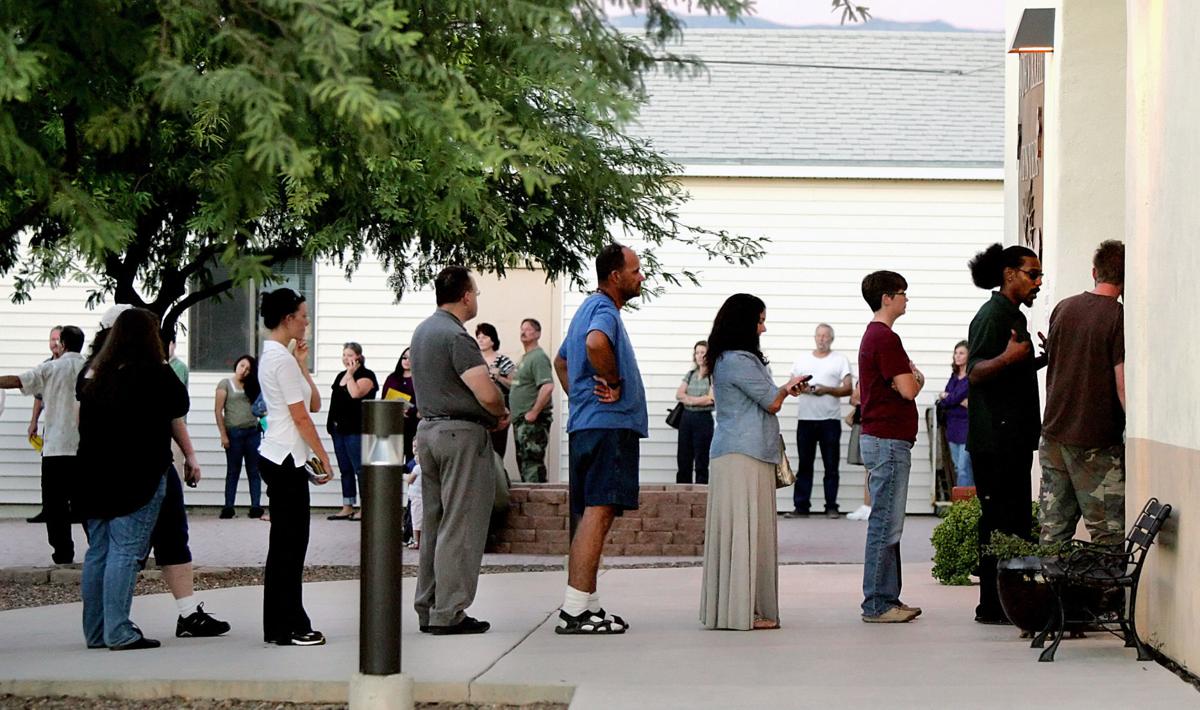PHOENIX — A federal judge rejected a bid by Democrats to force counties to tally the votes of people who show up at the wrong polling place.
In his ruling late Tuesday, Judge Douglas Rayes acknowledged that Arizona has a history of discrimination in voting practices. But Rayes said challengers, led by the state and national Democratic parties, failed to show that the current restrictions affect minorities any more than the population as a whole.
This is the second defeat for the Democrats.
Rayes had earlier refused to block the state from enforcing its new law making it a felony for individuals to collect early ballots from others and bring them to the polling place. On Tuesday the 9th U.S. Circuit Court of Appeals refused to disturb that ruling.
At issue in the latest ruling is what happens when people show up at polling places on Election Day and their names are not on the list of those registered to vote there.
If the would-be voter is simply at the wrong place, poll workers can direct them to where they need to go. Voters who insist they are registered and entitled to vote are given a “provisional ballot.”
After other ballots are counted, county election officials go through their records to see if that person was entitled to vote at that place. If not, the ballots are not counted.
The Democrats sought to force counties to count the votes for those offices for which the person would have been entitled to vote had he or she been in the right place.
So, for example, a voter who should have been in Tempe but ended up in Glendale would not have votes counted for school board. But under the Democrats’ argument, their votes for statewide and county offices would count.
To buttress their claims, the Democrat challengers produced figures showing that the number of votes cast incorrectly out of precinct is higher among minorities than among majority Anglos. Rayes, however, said that analysis was incomplete.
The judge said it would be one thing if the only way to vote was on Election Day. But he pointed out the possibility of voting by mail — and noted that the majority of votes were cast by mail.
And when those numbers are added into the totals, the votes cast in the wrong precinct by Hispanics counted for just 0.13 percent of all votes cast. For blacks, Rayes said, the figure was just 0.07 percent.
“Put into perspective, out-of-precinct ballots cast by white voters accounted for only 0.3 percent of all votes cast during the 2012 election,” the judge wrote.
“Considering out-of-precinct ballots represent such a small fraction of the overall votes cast in any given election, the Court finds that out-of-precinct ballot rejection likely has no meaningful impact on the opportunities of minority as compared to white voters to elect their preferred representatives,” Rayes said.
The judge also said that even if there are disparities among races in Arizona, that does not lead to the inescapable conclusion that voting laws are discriminatory.
“Taken to its logical conclusion, (the Democrats’) causation theory would allow a plaintiff to successfully challenge any aspect of a state’s election regime in which there is not perfect racial parity simply by noting that the costs of voting fall heavier on minorities due to their socioeconomic status,” Rayes wrote. “The court doubts that such a loose approach to causation is consistent with the text or purposes of the Voting Rights Act.”





